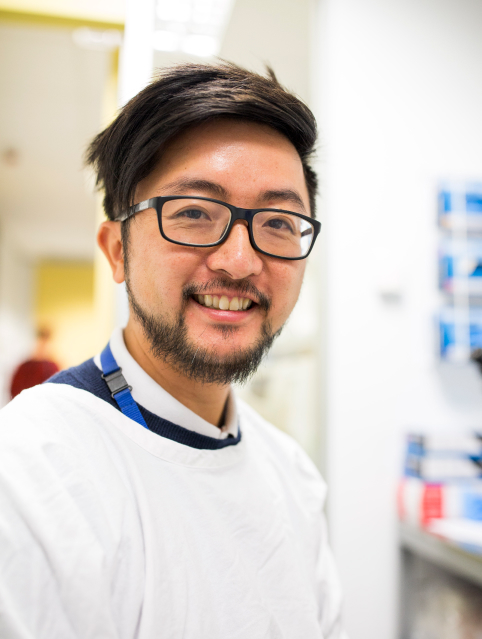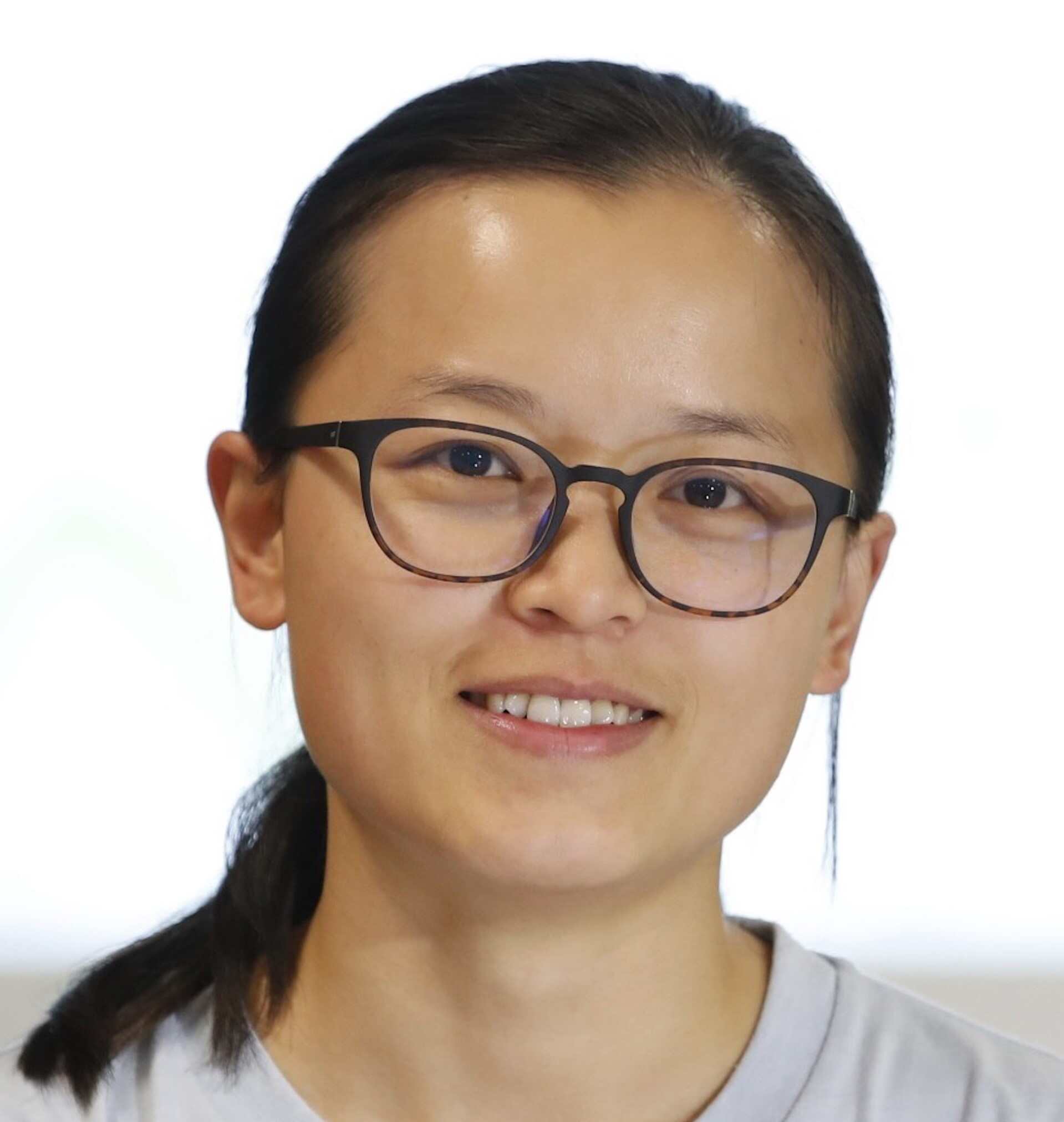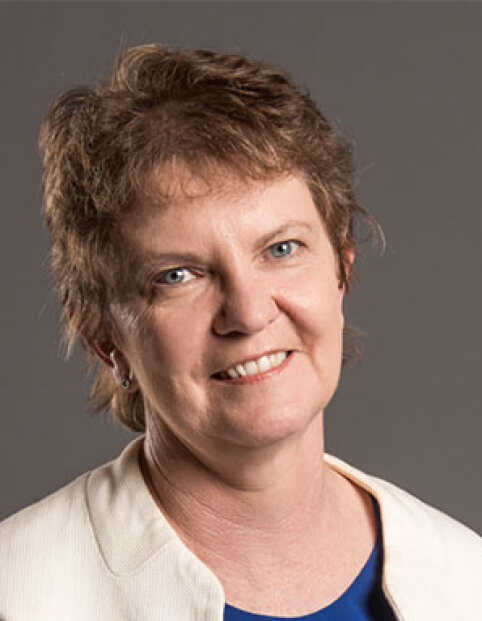Project Aim
Photoreceptors are the light-sensing cells in the retina that enable vision. The loss of photoreceptors is a key hallmark of many degenerative eye diseases, including Retinitis Pigmentosa (RP) which affects >1 million people worldwide. While some options exist to forestall such photoreceptor degeneration, there are no effective means to cure blindness once photoreceptors are lost.
Cell reprogramming technology could change this, restoring vision by regenerating these lost cells. This technology allows us to convert cells from one type into another by activating certain key genes. This gives us a unique opportunity to generate photoreceptors in the lab, and the exciting possibility of regenerating photoreceptors in the patient’s eye to restore vision.
To harness this potential, this project aimed to develop cell reprogramming technology that targets the stem cells within the retina (the Müller glial cells) to regenerate into photoreceptors.
Project Results and Impact
Firstly, we built a world’s first human retina gene atlas at single cell resolution. This atlas provided the crucial genetic information to develop cell reprogramming method to target Müller glial cells to regenerate photoreceptors. Using this knowledge, we successfully developed a cell reprogramming method to generate human photoreceptors in a lab dish.
Detailed characterisation of the derived photoreceptors showed that they expressed the right marker genes and proteins and are functional in light detection, providing supporting evidence to the feasibility of our reprogramming method to generate human photoreceptors. Also, we tested the feasibility of our cell reprogramming technology in rodent models. We developed a linage tracing system that allowed us to identify newly regenerated photoreceptors within the rodent’s eye, and obtained pilot safety data for application of cell reprogramming technology in rodents. We are in the process of analysing the efficacy of using cell reprogramming for photoreceptor regeneration in rodents.
The team is truly grateful to the generous support from Retina Australia to advance this project. Overall, our findings provided new insights into the genetic signal that enables vision, and have paved the way to develop cell reprogramming technology as a novel regenerative therapy to treat photoreceptor losses. This would have direct implications in treating RP, as well as other blinding diseases with photoreceptor losses such as Age-Related Macular degeneration and Stargardt’s disease.
Webinar
This project was featured in one of Retina Australia’s 2021 webinars. You can view a recording of this event here.

Chief investigator:
Raymond Wong
Centre for Eye Research Australia, University of Melbourne
Co-investigator/s:
Professor Keith Martin, Centre for Eye Research Australia, Melbourne
Dr Carla Abbott, Centre for Eye Research Australia, Melbourne
Grant awarded:
$40,000 (2020)
Research Impact Reports
Characterizing Stargardt Disease Mutations for Splice Intervention Therapeutics
Project Aim The aim of this project was to find...
Virtual Reality Assessment of Functional Vision in achromatopsia
Project Aim This project aimed to develop and validate a virtual reality (VR) mobility task...
Advancing Usher syndrome type 1B gene therapy with split intein
Project Aim Usher syndrome is the leading cause of combined hearing and vision loss worldwide....
Therapies for currently untreatable autosomal recessive IRDs
Project Aim This project aims to develop gene replacement therapies for autosomal recessive (AR) inherited...




